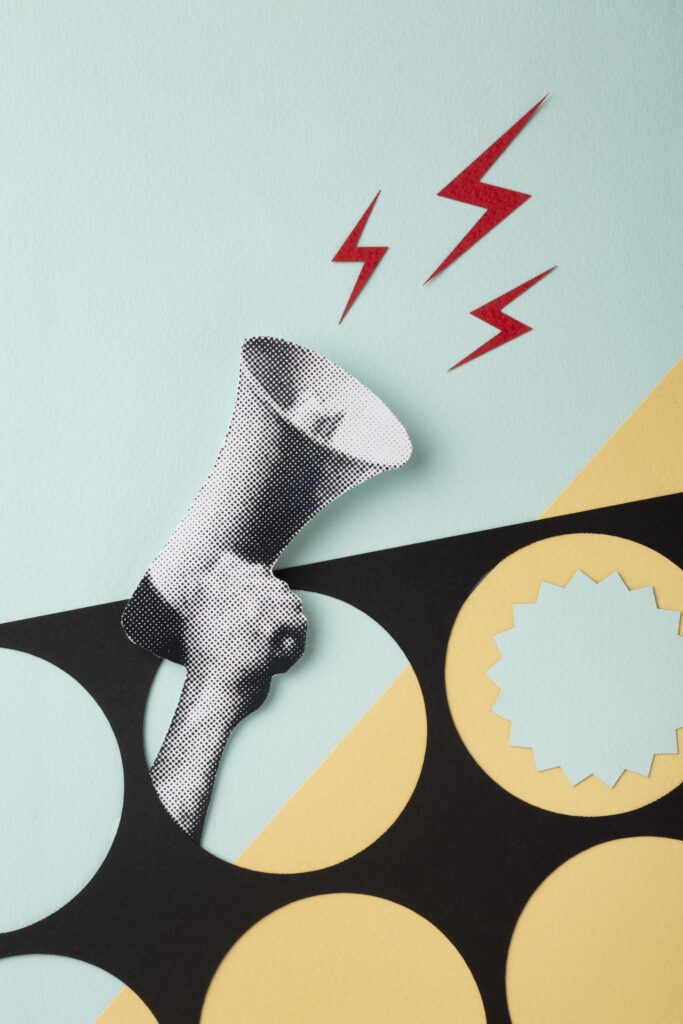Not sure if you need literal, free, or creative translation for your Chinese project? This quick guide explains the main types—and how to choose the best one for your industry and goals.
🈯 1. Literal Translation (直译, Zhíyì)
This is the super serious, word-for-word type of translation. You use it when every tiny detail matters, like in:

Legal papers
Contracts
Technical manuals
👉 The goal here is accuracy, no creative changes allowed.
Example:
Original: 插头必须牢固插入插座中。
Literal Translation: The plug must be firmly inserted into the socket.
You see? It’s super direct. If you try to “get creative,” you might accidentally change important safety info — and that’s a big no-no.
READ MORE: How to Avoid Literal Translation? 5 Tips
✍️ 2. Free Translation (意译, Yìyì)
This is the more relaxed style. Instead of sticking to every single word, you focus on getting the meaning across — perfect for:

Ads and slogans
Cultural sayings and idioms
👉 The goal is to make it sound natural and clear for the new audience.
Example:
Chinese Idiom: 画蛇添足
Literal translation: “Draw a snake and add feet.”
Free translation: “Ruin something by overdoing it.”
If you translated it literally, people would be like, “Huh?” Free translation makes it make sense.
🔄 3. Transcreation
This is where translation meets creativity — like translation’s artsy cousin. You’re not just translating words; you’re reimagining them so they hit home with a new audience. You’ll see this with:

Brand slogans
Movie titles
Marketing campaigns
👉 The goal is to make people feel the same way — even if you have to totally change the words.
Example:
Original Chinese movie title: 《速度与激情》
Literal: “Speed and Passion”
Transcreation: “Fast & Furious”
Totally different words, but the same energy!
READ MORE: How is Chinese Translation Different from Transcreation?
📜 4. Back-Translation
This one sounds a little weird, but it’s super important for things like:

Medical trials
Legal stuff
Really sensitive marketing
Here’s how it works:
First, you translate your document into Chinese (for example). Then, a second translator translates it back into English to double-check if the meaning stayed the same.
READ MORE: What Is Back-Translation, and When Is It Used?
👉 The goal is to catch mistakes before they cause problems.
Example:
In clinical trials, when patients have to agree to something important, you want to make sure nothing gets lost in translation — so you back-translate to be 100% sure.
There’s no “one-size-fits-all” way to translate Chinese. Professionals choose different styles depending on what you’re translating and who it’s for.
Picking the right method makes sure your translation isn’t just accurate — it also connects with people emotionally and culturally.
If you’re not sure which one you need for your project, just ask — I’m happy to help you figure it out!
